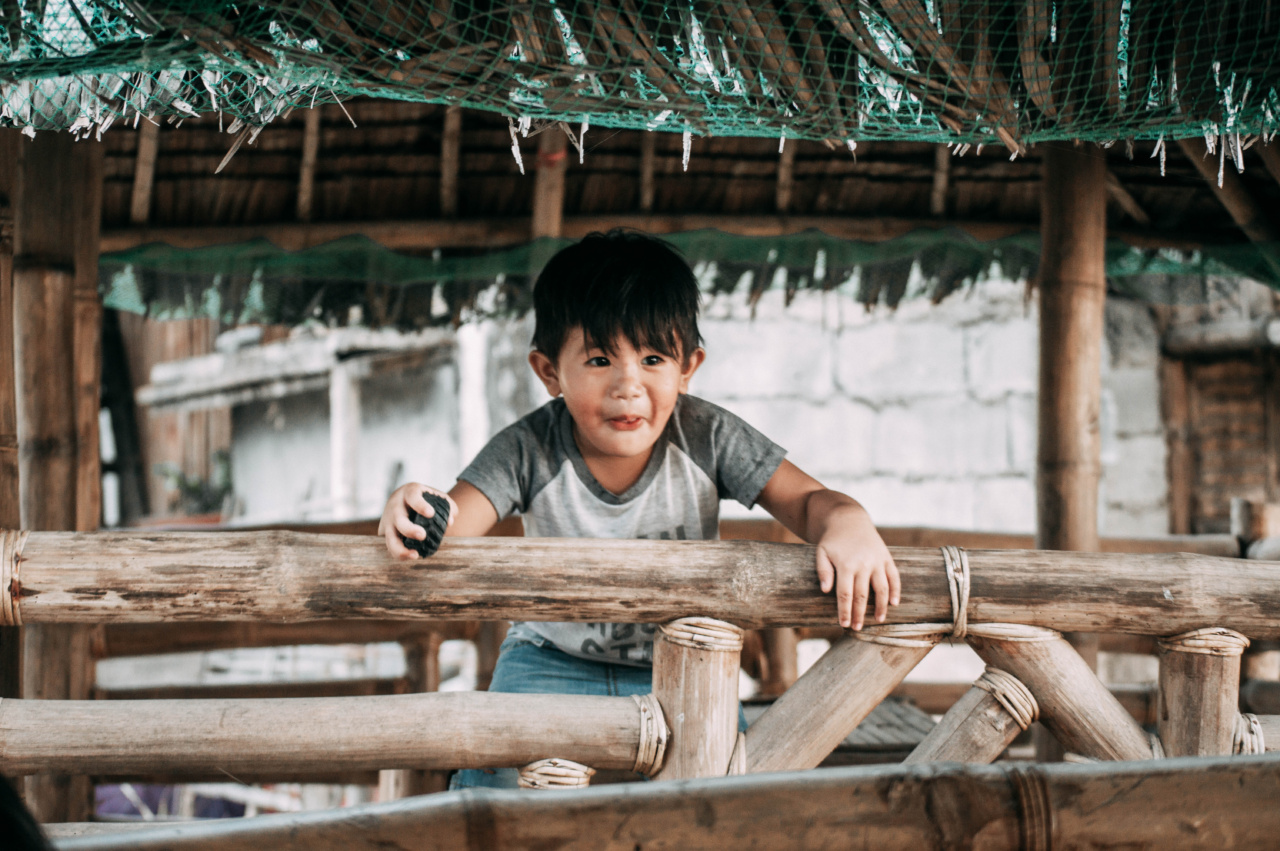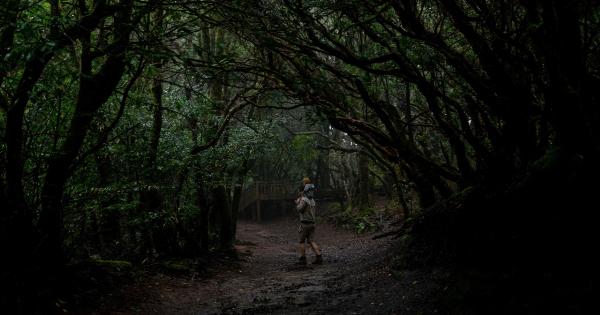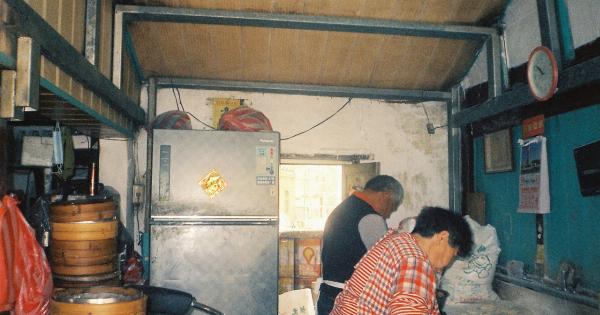Wood is a natural, versatile, and aesthetically pleasing material often used for playground equipment, furniture, and toys for children.
However, despite its popularity, wood can pose several risks and negative impacts on children’s health and safety. This article explores the harmful effects of wood on children and identifies some potential solutions to minimize the risks.
Chemical Exposure
One of the primary concerns associated with wood is the exposure to toxic chemicals used in its treatment and preservation.
Many playground structures, outdoor furniture, and wooden toys are treated with chemical agents to make them resistant to rot, pests, and weathering. However, these chemicals can leach out of the wood, making them accessible to children who come into contact with the material.
The most common toxic chemicals found in treated wood are arsenic, chromium, and copper. These substances have been associated with a range of health problems, including skin irritation, respiratory issues, headaches, nausea, and in some cases, cancer.
Children who ingest or inhale these toxic compounds can experience serious health consequences that can last for years or even a lifetime.
Splintering and Sharp Edges
Another danger associated with wood is the risk of splintering and sharp edges. While wood is a durable and strong material, it can also become brittle and fragile over time, especially when exposed to moisture, heat, or extreme weather conditions.
When wooden surfaces splinter, they can create jagged edges and sharp points that can cause cuts, punctures, and other injuries to children.
In addition, wooden structures such as benches, tables, and play structures can develop sharp corners and edges over time due to wear and tear, which can pose a significant risk to children who run, jump, climb, or play near them.
These injuries can range from minor cuts and scratches to more serious wounds that require medical attention.
Fire Hazards
Another issue associated with wood is its high flammability. Wood can easily catch fire and spread rapidly, especially in dry and windy conditions.
The risk of fire is particularly high in areas with many wooden structures, such as playgrounds, parks, and schools, where children may inadvertently start fires using matches, cigarettes, or other sources of ignition.
Moreover, even in areas where children are not directly responsible for starting fires, wooden structures can still exacerbate the spread of fires by acting as fuel and producing toxic smoke and fumes.
The risk of injuries and fatalities due to fire is especially high in areas where wooden structures are densely packed, making it difficult for emergency responders to access and control the blaze.
Mold and Mildew
Another danger associated with wood is its vulnerability to mold and mildew growth.
Wooden structures exposed to moisture and humidity can quickly develop fungal growth, which can release spores and allergens that can cause respiratory issues and other health problems in children.
In addition, mold and mildew can deteriorate the structural integrity of wooden structures, making them more prone to collapsing or breaking under pressure.
This issue is particularly relevant in outdoor structures, which are exposed to a variety of weather conditions and may be difficult to maintain or clean regularly.
Insect Bites and Stings
Another potential risk associated with wood is the presence of insects and pests that may infest wooden surfaces and structures.
Many species of insects, such as termites, woodworms, and carpenter ants, feed on wood and can cause significant damage to residential and commercial buildings, furniture, and structures.
Children who come into contact with infested wood may be bitten or stung by these insects, which can cause pain, swelling, and other adverse reactions.
In some cases, these bites can also transmit diseases such as Lyme disease, West Nile virus, or Zika virus.
Preventing the Risks
While wooden structures can pose several risks to children, there are several ways to minimize these dangers and create safer play environments.
One option is to use non-toxic or naturally resistant wood, such as cedar, redwood, or cypress, which are less prone to rot, pests, and chemical treatment.
Another solution is to use alternative materials, such as recycled plastic, metal, or composite materials, which are durable, weather-resistant, and less prone to splintering or sharp edges.
These materials can be used to replace existing wooden structures or to create new playgrounds or parks that are safer and more sustainable.
Moreover, regular cleaning, maintenance, and inspection can help identify and repair any safety hazards associated with wooden structures.
This can involve sanding rough surfaces, replacing damaged or corroded hardware, or treating surfaces with sealants or protective coatings.
Conclusion
While wood is a popular and versatile material used in many children’s toys, furniture, and outdoor structures, it can also pose various risks and dangers to children’s health and safety.
These include toxic chemical exposure, sharp edges and splintering, fire hazards, mold and mildew growth, and insect bites and stings. To minimize these risks, it is essential to use non-toxic or natural wood, alternative materials, and regular maintenance and inspection to ensure a safe play environment for children.































